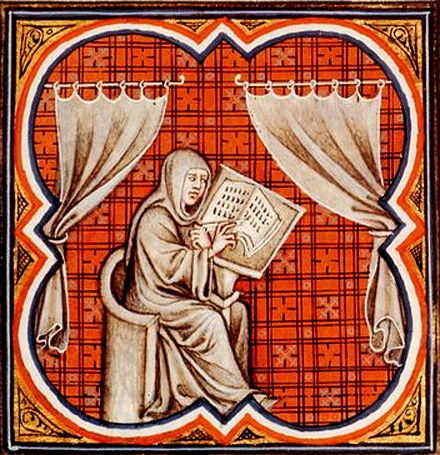Biography
A biography, or simply bio, is a detailed description of a person's life. It involves more than just the basic facts like education, work, relationships, and death; it portrays a person's experience of these life events. Unlike a profile or curriculum vitae (résumé), a biography presents a subject's life story, highlighting various aspects of their life, including intimate details of experience, and may include an analysis of the subject's personality.
Biographical works are usually non-fiction, but fiction can also be used to portray a person's life. One in-depth form of biographical coverage is called legacy writing. Works in diverse media, from literature to film, form the genre known as biography.
An authorized biography is written with the permission, cooperation, and at times, participation of a subject or a subject's heirs. An autobiography is written by the person themselves, sometimes with the assistance of a collaborator or ghostwriter.
At first, biographical writings were regarded merely as a subsection of history with a focus on a particular individual of historical importance. The independent genre of biography as distinct from general history writing, began to emerge in the 18th century and reached its contemporary form at the turn of the 20th century.[1]
One of the earliest biographers was Cornelius Nepos, who published his work Excellentium Imperatorum Vitae ("Lives of outstanding generals") in 44 BC. Longer and more extensive biographies were written in Greek by Plutarch, in his Parallel Lives, published about 80 A.D. In this work famous Greeks are paired with famous Romans, for example the orators Demosthenes and Cicero, or the generals Alexander the Great and Julius Caesar; some fifty biographies from the work survive. Another well-known collection of ancient biographies is De vita Caesarum ("On the Lives of the Caesars") by Suetonius, written about AD 121 in the time of the emperor Hadrian.
In the early Middle Ages (AD 400 to 1450), there was a decline in awareness of the classical culture in Europe. During this time, the only repositories of knowledge and records of the early history in Europe were those of the Roman Catholic Church. Hermits, monks, and priests used this historic period to write biographies. Their subjects were usually restricted to the church fathers, martyrs, popes, and saints. Their works were meant to be inspirational to the people and vehicles for conversion to Christianity (see Hagiography). One significant secular example of a biography from this period is the life of Charlemagne by his courtier Einhard.



.jpg/440px-Foxe's_Book_of_Martyrs_-_Frontispiece_(1761).jpg)